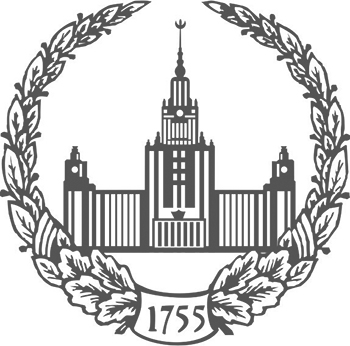-
The Department of Russian History up to the Beginning of the Nineteenth Century from the 1960s through the 1980s, According to its Meeting MinutesMoscow University Bulletin. Series 8: History 2024. N 3. p.110-126Natalia V. Kozlova Goryushkina L.P. Kalinin M.V. Aleksei V. Laushkin Matasova T.A. Tarasov A.E. Khitrov D.A. Shemiakina O.D.read more534
-
This article examines the scientific and educational life of the Department of USSR History in the Feudal Period (now the Department of Russian History up to the Beginning of the Nineteenth Century), one of the oldest departments at the Faculty of History of Lomonosov Moscow State University, from the 1960s through the 1980s. It is based on the department’s archive, which contains meeting minutes and other materials, which were systematized and studied by the department’s staff in preparation for the 90th anniversary of the Faculty of History. During these years, the department consisted of a large and active team of about 20 employees, delivering numerous courses, conducting active methodological work, regularly presenting scientific reports at meetings, and discussing dissertations of graduate students and PhD candidates. The department’s activities were marked by extensive collaboration with various scientific institutions, archives, and museums, as well as having wide international connections, including a significant number of foreign visiting scholars from socialist countries, Western Europe and America. As one of the key graduating departments of the faculty, the Department of Feudalism paid great attention to working with undergraduate and graduate students. Many prominent modern scholars, now working in leading scientific institutions, emerged from its ranks. Professors of the department during these years — M.T. Belyavskiy, N.B. Golikova, A.D. Gorskiy, L.V. Milov, G.A. Novitskiy, and A.M. Sakharov — created large scientific schools, which continue to play an essential role in the development of historical science today. The article also characterizes the department’s eff orts to optimize the educational process and addresses how personnel issues were resolved. It highlights that the department led a vibrant, dynamic, and full-blooded life, with its meetings marked by a democratic and constructive atmosphere. The creative educational and scientific activity fostered professional growth and integration of young teachers and graduate students into university environment.
Keywords: Faculty of History, Lomonosov Moscow State University, Department of USSR History in the Feudal Period, M.T. Belyavskiy, A.D. Gorskiy, N.B. Golikova, A.M. Sakharov, L.V. Milov, L.G. Kislyagina, university traditions
-
-
On the Concepts of “Town”, “Urban Population”, “Urban Network” in the Middle of the Eighteenth Century in Historiography and the Views of ContemporariesMoscow University Bulletin. Series 8: History 2024. Vol.65. N 6. p.24-46read more382
-
The concept of “town”, its content, and the definition of its essence have been addressed by historians at various stages in the development of historical science. In the Russian historiography of the second half of the 19th and early 20th centuries, two main approaches to the definition of a town emerged. Representatives of one of these approaches (A.P. Prigara, I.I. Dityatin, A.A. Kiesewetter) considered all settlements called towns in the sources as towns. Conversely, an alternative conceptualization of the town emerged, centering on its role as a socio-economic category and a nexus of craft and trade (N.A. Rozhkov). This definition has become firmly established in Russian historiography and, during the Soviet period, was supplemented with the notion of the posad community as an essential social structure of the town (Ya.E. Vodarsky). In the context of Soviet historiography, there was a lively discourse surrounding the question of what criteria could be utilized to categorize a settlement as a town. The response to this enquiry possessed both theoretical and practical ramifications, including the enumeration of urban settlements, the calculation of the urban population, and the comprehension of urban network development. In contemporary academic discourse, specialists tend to consider settlements that were previously referred to as towns as such. Nevertheless, the question of the contemporary meanings attributed to the term, and the contexts in which it was used, remains unresolved. The term “town” is utilized in a variety of ways in the sources from the period under scrutiny. It is employed to denote a center of voivode authority, a center of a district, or a location where the posad community resided. A significant role was also played by the tradition related primarily to the military functions of settlements and fortifications. In the majority of cases, the center of a district, the administrative center, and the location of the posad community coincided, enabling contemporaries to perceive the urban network as a cohesive entity. Concurrently, numerous settlements exhibited an unstable and context-dependent designation of “town” suggesting that the formation of the state’s urban network was unfinished.
Keywords: history of towns, concept of “town”, historical geography, voivode governance, posad communities, history of administrative-territorial division
-

ISSN 0130-0083


